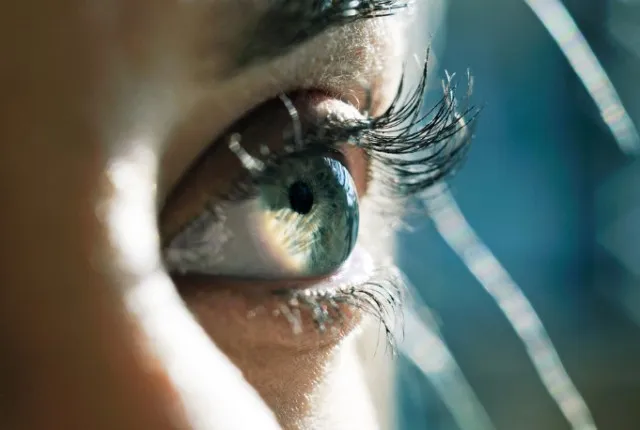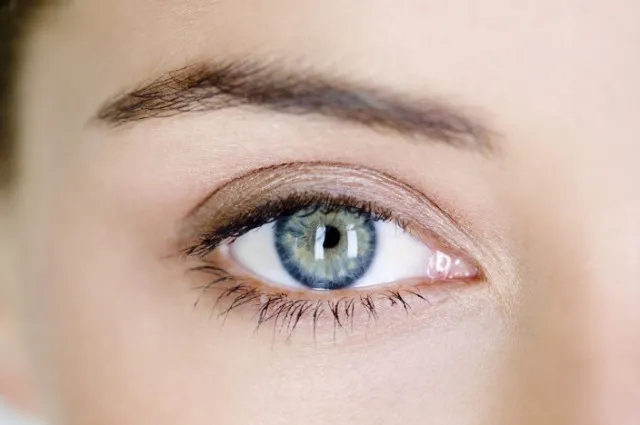Researchers have discovered that everyone with blue eyes shares a common ancestor, revealing a surprising genetic connection among them.
A recent study has revealed that all blue-eyed people share a single common ancestor.
This finding may surprise many, but it is based on genetic research conducted by scientists at the University of Copenhagen in Denmark.
The study traced a specific genetic mutation that occurred between 6,000 and 10,000 years ago, which is responsible for blue eyes in humans today.

The origins of blue eyes trace back genetically.
Initially, it was believed that all humans had brown eyes.
Professor Hans Eiberg, who led the research, explained that a genetic mutation affected a gene in our chromosomes.
This mutation specifically affects the OCA2 gene, which plays a crucial role in melanin production.
Melanin is the pigment that gives color to our hair, eyes, and skin.
The mutation that led to blue eyes essentially “switches” how much melanin the iris produces.

Professor Eiberg explains that while the OCA2 gene is still active, the mutation reduces melanin production, resulting in blue eyes.
If this gene had been completely turned off, people would lack melanin altogether, leading to a condition known as albinism.
“Originally, we all had brown eyes. But a genetic mutation affecting the OCA2 gene in our chromosomes resulted in the creation of a ‘switch,’ which literally ‘turned off’ the ability to produce brown eyes,” Professor Eiberg said.
The genetic connection links all blue-eyed individuals to a common ancestor.
Researchers discovered that every person with blue eyes carries the same mutation in a nearby gene called HERC2.
This genetic link indicates that all blue-eyed individuals are descendants of one person who lived near the Black Sea.
This means that every blue-eyed person on the planet is related in some way.

Dr. David Allamby noted in a popular TikTok video that there are over 700 million blue-eyed relatives globally.
“We’re all descended from that one person if like me, you’ve got blue eyes.
“So we’ve all got more than 700 million relatives.”
The study suggests that this mutation likely began when humans migrated from Africa to Europe.
This migration explains why people of European descent predominantly have blue eyes.

The rarity of blue eyes makes them genetically unique.
Interestingly, blue eyes are not very common. Only about 8 to 10 percent of the world’s population has blue eyes.
Despite being a rare eye color, blue eyes have unique characteristics.
One of the notable differences is sensitivity to light.
Because blue eyes contain less melanin than darker eye colors, individuals with blue eyes may experience more discomfort in bright light.

This condition is known as photophobia.
Experts from Auckland Eye explain that more melanin protects against UV radiation and blue light damage.
Therefore, people with blue eyes may need to take extra precautions in sunny environments to protect their eyes.
Nature’s genetic shuffle results in unique traits like blue eyes.
Professor Eiberg’s research shows how nature continuously shuffles the human genome.
The genetic variation creates a diverse range of traits, including eye colors.
This process shows how small genetic changes create significant differences.
The discovery of the common ancestor for blue-eyed individuals is a fascinating example of how genetics works in humans.
It illustrates the connections we all share, regardless of our appearance.
@daveallambymd Tag your blue eyed friends in the comments 👇👀 #blueeyes #blueeyedpeople #eyefacts #blueeyedfacts #greeneyes #mutation